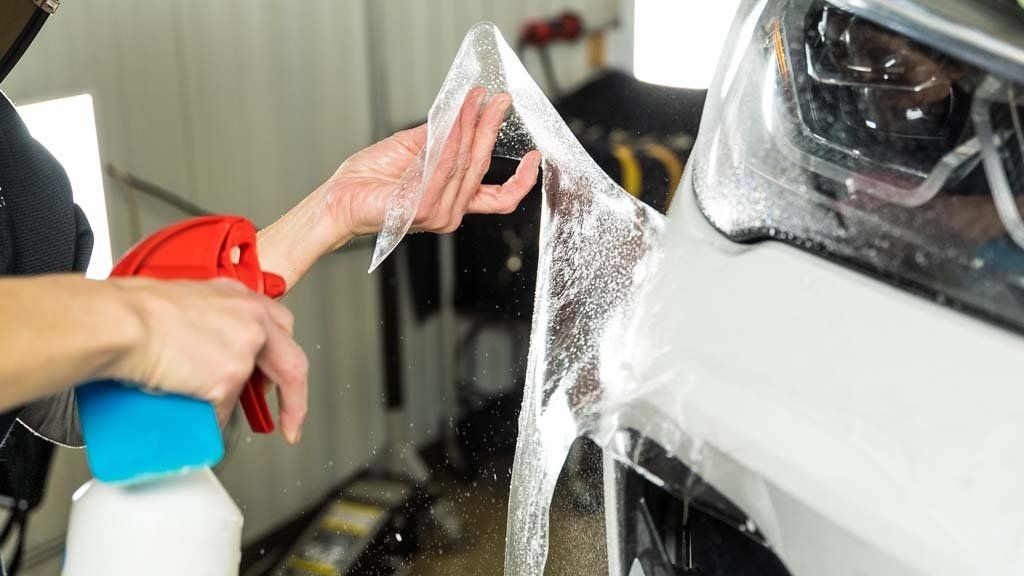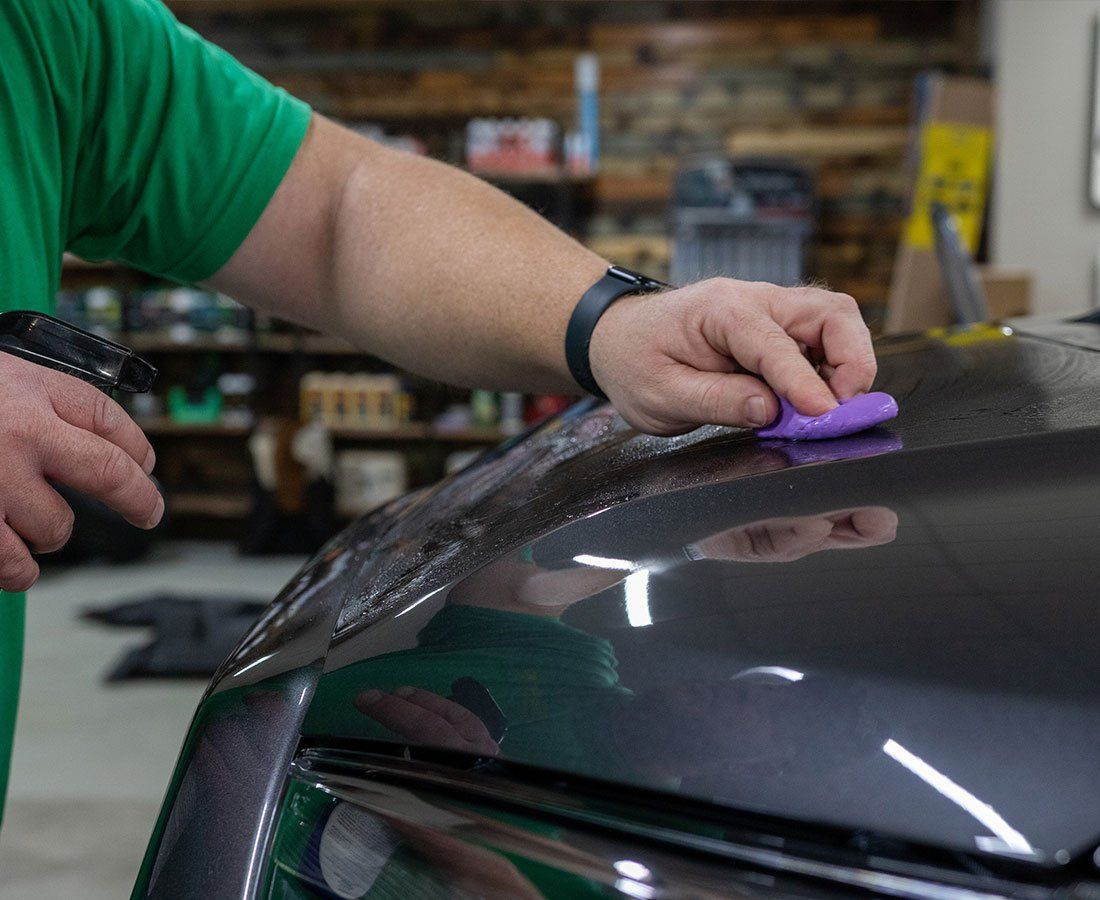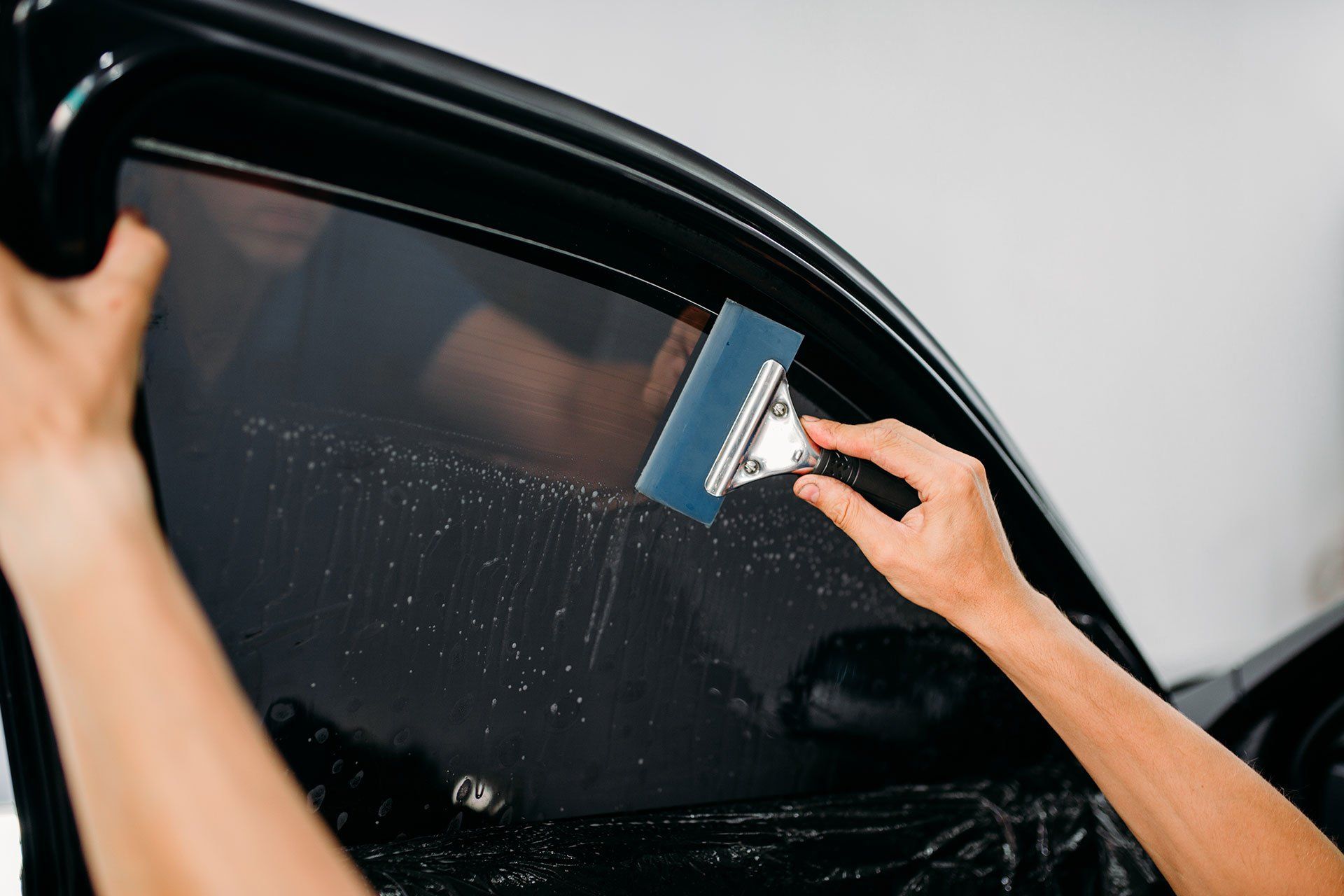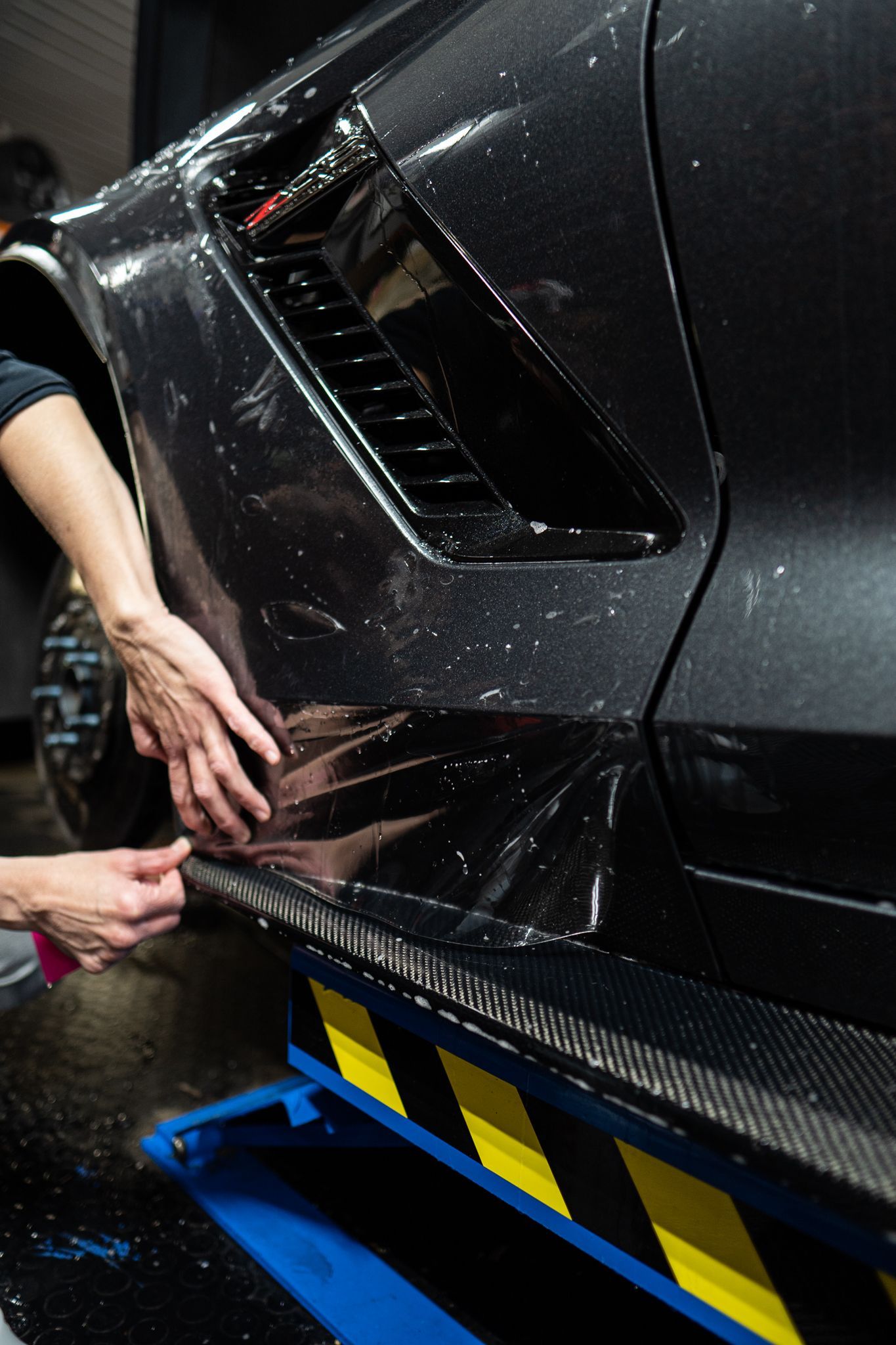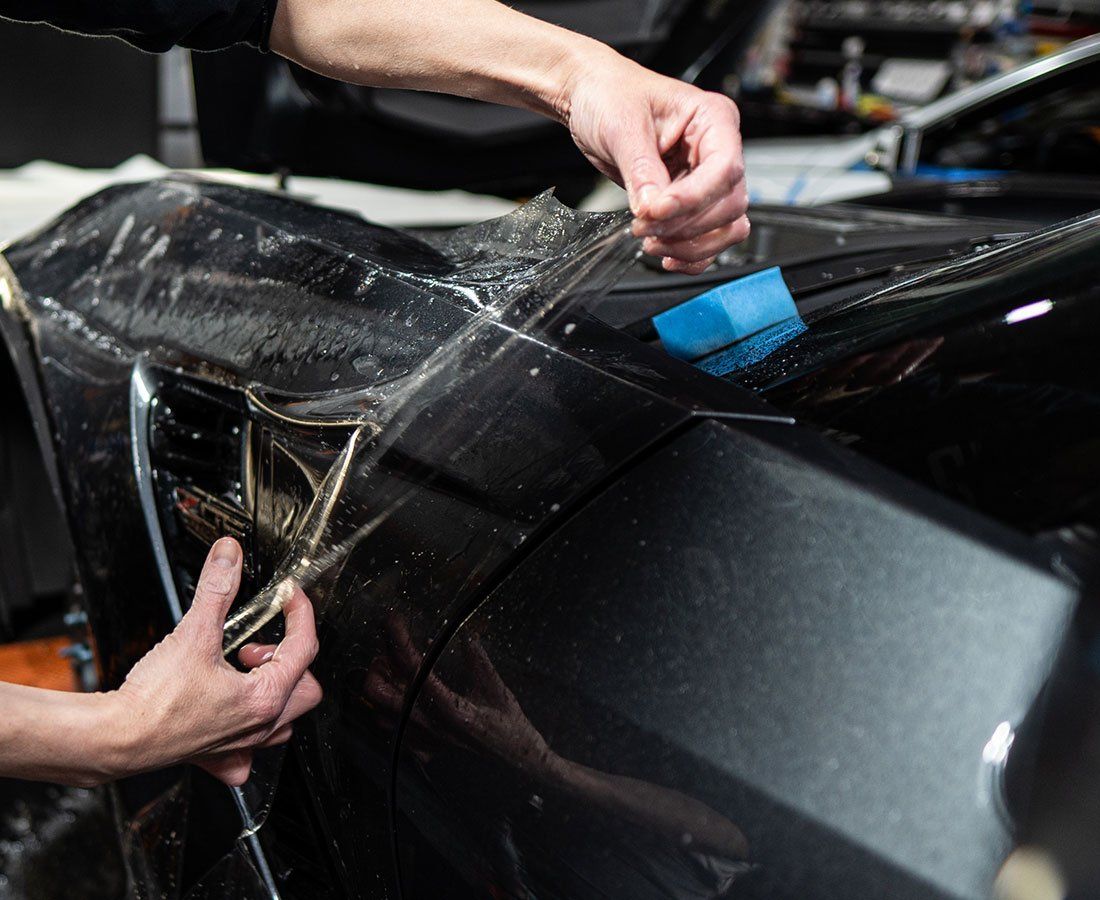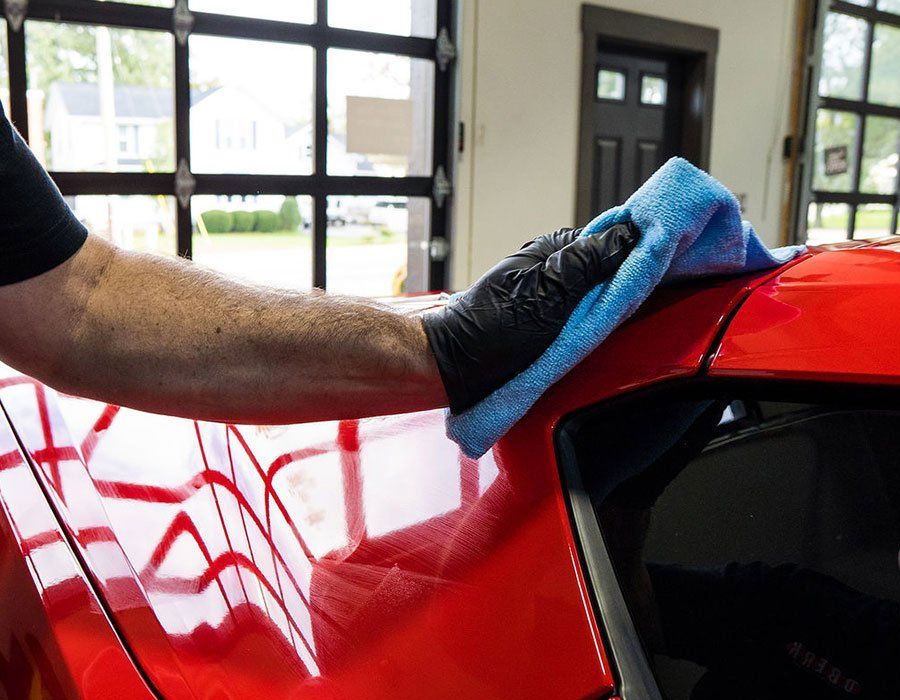By SEO Team
•
April 30, 2024
Your car's hood, front bumper, fenders, mirror caps, and rear bumper are very exposed. These parts endure the hardest hits from tiny rocks, dust, and even bugs while you cruise the streets. Paint Protection Film, known as PPF, is your shield against such threats. It creates a resistant barrier that keeps chips, scratches, and minor damages at arm's length. Moreover, it magically brings out a glossy shine in your car that makes it easier to brush off dirt and bugs. Now preparing for that weekend drive becomes a swift chore rather than a time-consuming task. Pulling into the driveway after a long journey can be worry-free. Vulnerable car parts that can greatly benefit from the application of PPF include the hood, front bumper, fenders, mirror caps, and rear bumper. These areas tend to be more prone to rock chips, scratches, and other types of damage, making PPF a valuable investment in protecting your vehicle's paint. Identifying Vulnerable Car Parts Cars are built to withstand a lot, from rain and snow to the harsh rays of the sun. But even the toughest cars have their weak spots. Understanding which parts are most susceptible to damage is crucial to ensuring comprehensive protection for your vehicle. These vulnerable areas, including the hood, front bumper, fenders, mirror caps, and rear bumper, are constantly at risk of getting hit by road debris, stones, bugs, and other environmental hazards. Imagine driving down the highway on a bright summer day. As you cruise along, your car's paintwork faces an onslaught of pebbles kicked up by passing vehicles or the occasional kamikaze bug crash landing on your hood. Over time, this wear and tear can lead to unsightly chips and scratches that affect the overall appearance and value of your car. The softness of the paint doesn't necessarily determine the need for PPF; rather, it's about safeguarding against potential damage that can mar your car's aesthetics. It's not just about maintaining your car's visual appeal. Vulnerable car parts, such as the front bumper and fenders, play a critical role in protecting delicate internal components. Any damage to these areas can compromise their ability to shield the vital engine parts beneath them. When you consider these factors, it becomes clear why investing in PPF is not just a luxury but a practical necessity. Let's take Subaru owners as an example. They've known for years how vulnerable their car's paint can be. This understanding has led many Subaru owners to invest in PPF as part of their maintenance routine. Despite reasonable doubt surrounding the cost, they're passionate advocates for its worth due to firsthand experience with the protection it provides against their cars' vulnerable paint. Furthermore, PPF does more than protect; it enhances the shine of your car while making bug and dirt removal easier during cleaning sessions. It also helped prevent swirl marks on the paint surface over time. Such benefits go beyond mere aesthetics; they contribute to maintaining the market value of your vehicle. Understanding the vulnerable parts of your car is imperative in determining where PPF should be applied for maximum coverage and protection. With this insight, you can make informed decisions about enhancing your car's longevity and preserving its flawless appearance. Moving ahead, we'll explore the numerous advantages of deploying PPF on vulnerable car parts to further understand its significance in safeguarding your vehicle. Advantages of Deploying PPF on Vulnerable Parts Paint Protection Film (PPF) isn't just a luxury add-on for your vehicle; it's a crucial investment in maintaining its appearance and value. By acting as a shield against road debris, PPF offers unrivaled protection against chips, scratches, and other damage that can occur during everyday driving. Imagine your car gliding down the highway, the sun casting a warm glow on its sleek surface. Now picture that same beauty being marred by unsightly chips and scratches caused by gravel or stones flung up from the road. Here's where PPF steps in as the unsung hero, taking on the role of protector for your car's vulnerable areas such as the hood, front bumper, fenders, mirror caps, and rear bumper. Statistics : The average cost of PPF installation for a mid-sized car ranges from $1,500 to $2,500 and can reduce paint chips and scratches by up to 90%. But protection isn't the only advantage PPF brings to the table. It also enhances the overall shine of your car, making bug and dirt removal much easier. Picture cruising down a dirt road or braving a swarm of insects on a long drive—PPF makes cleaning off these obstacles a breeze. Furthermore, when it comes time to wash and dry your car, the presence of PPF drastically reduces the risk of swirls and abrasions that can result from cleaning the paint directly. This not only simplifies maintenance but also ensures that your car maintains that showroom shine for years to come.
